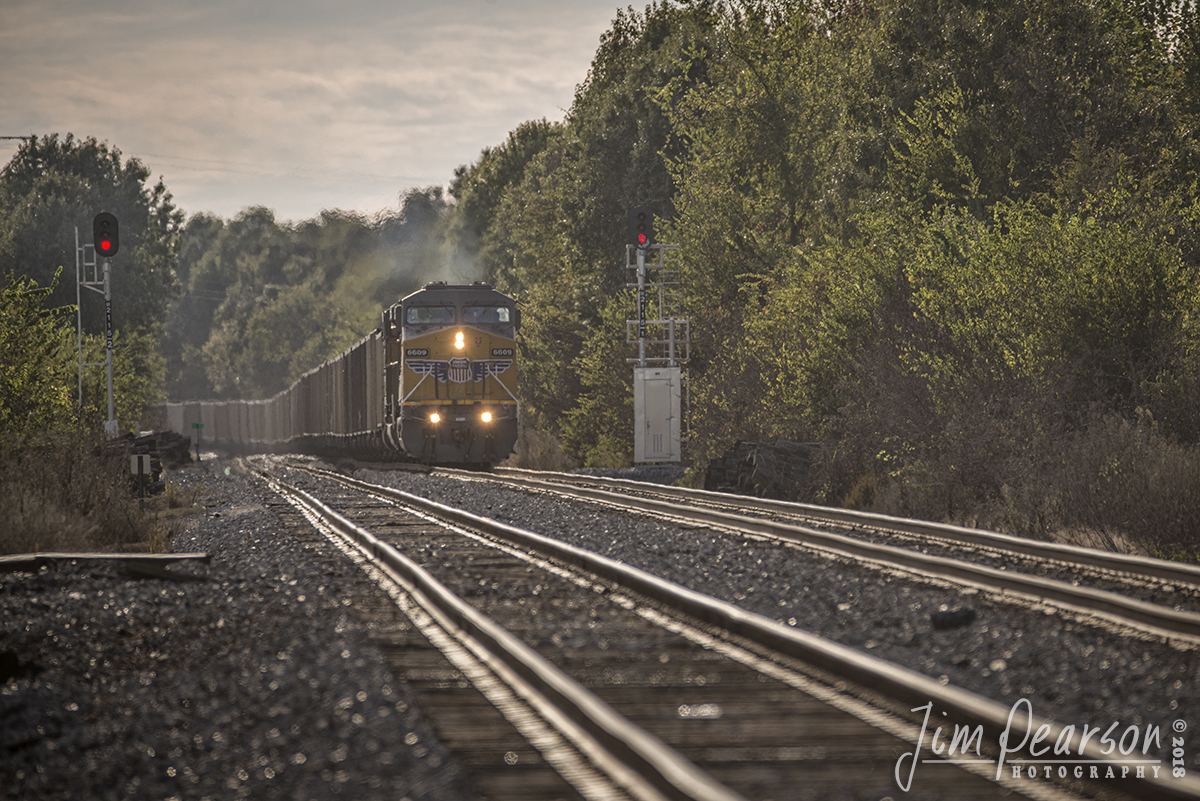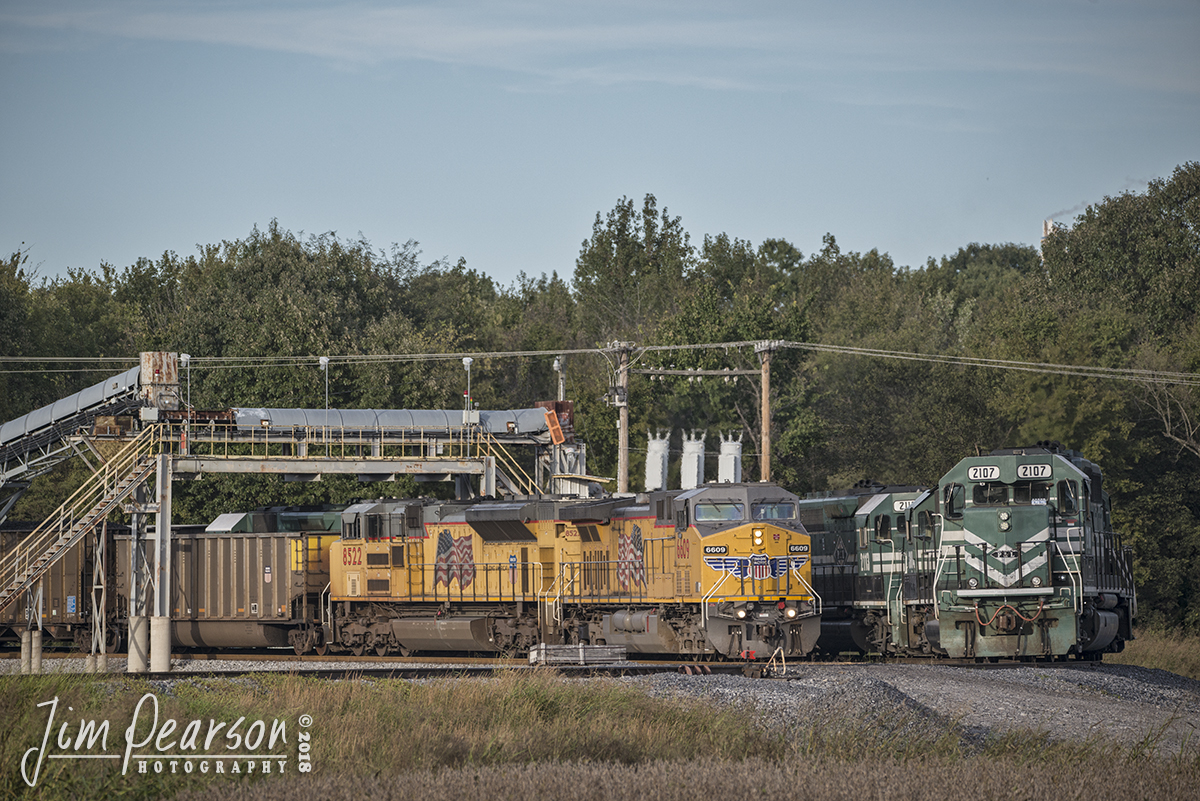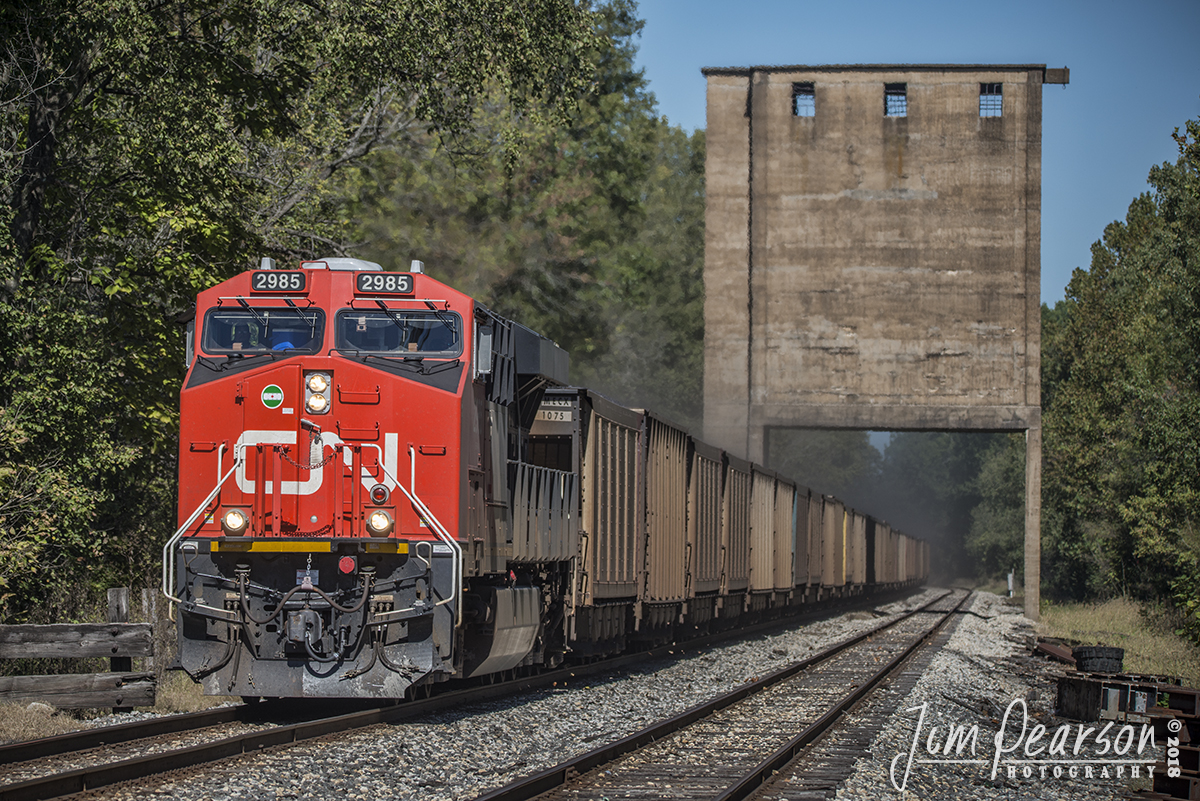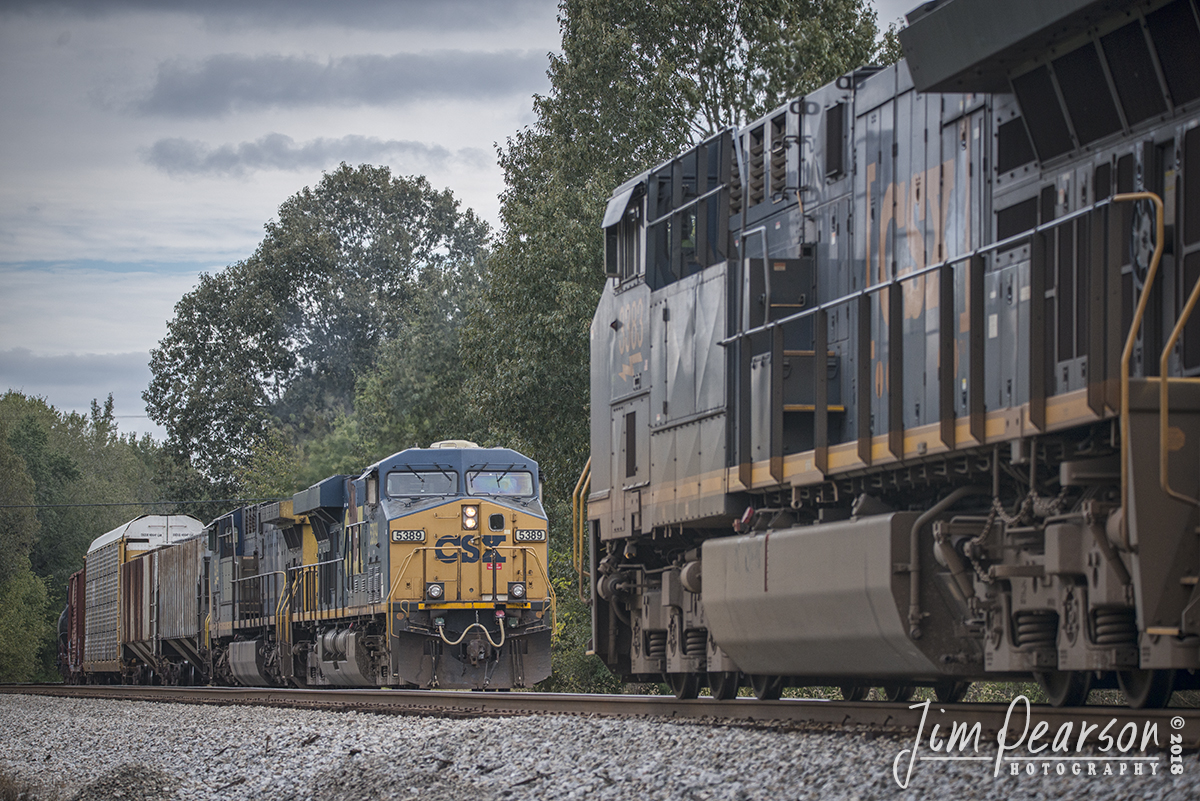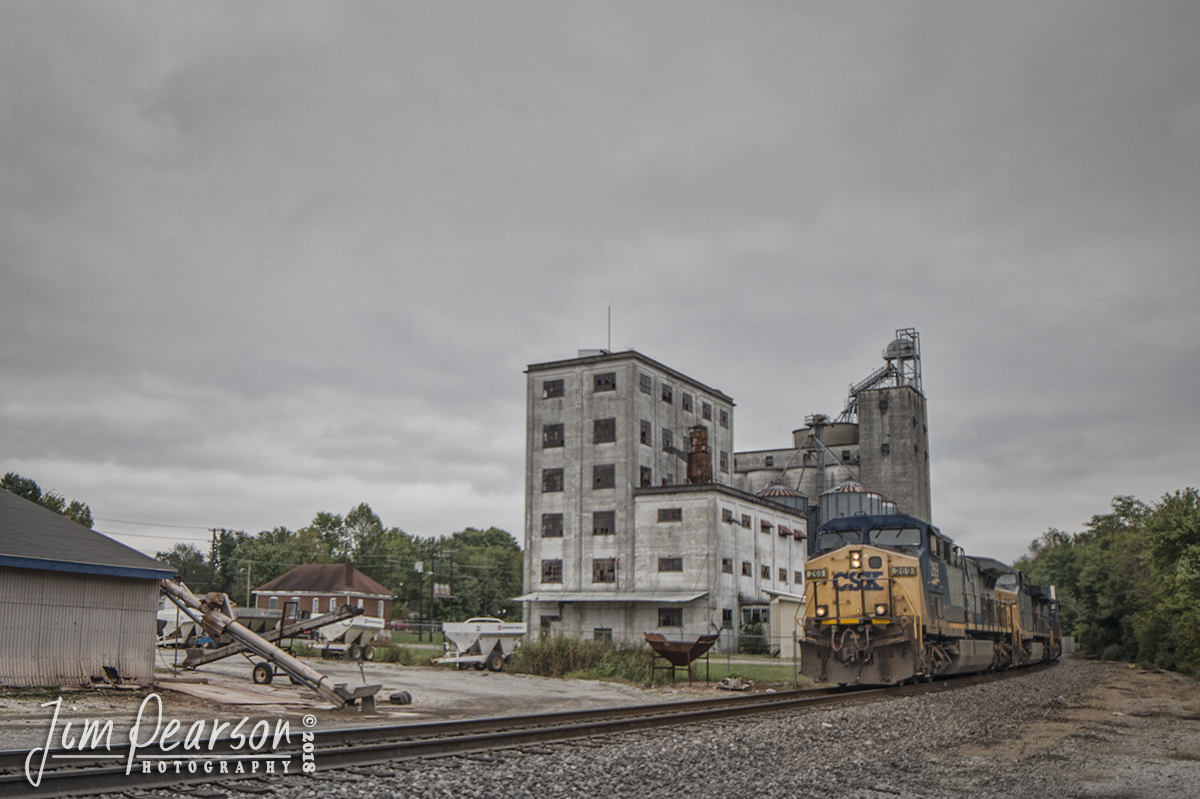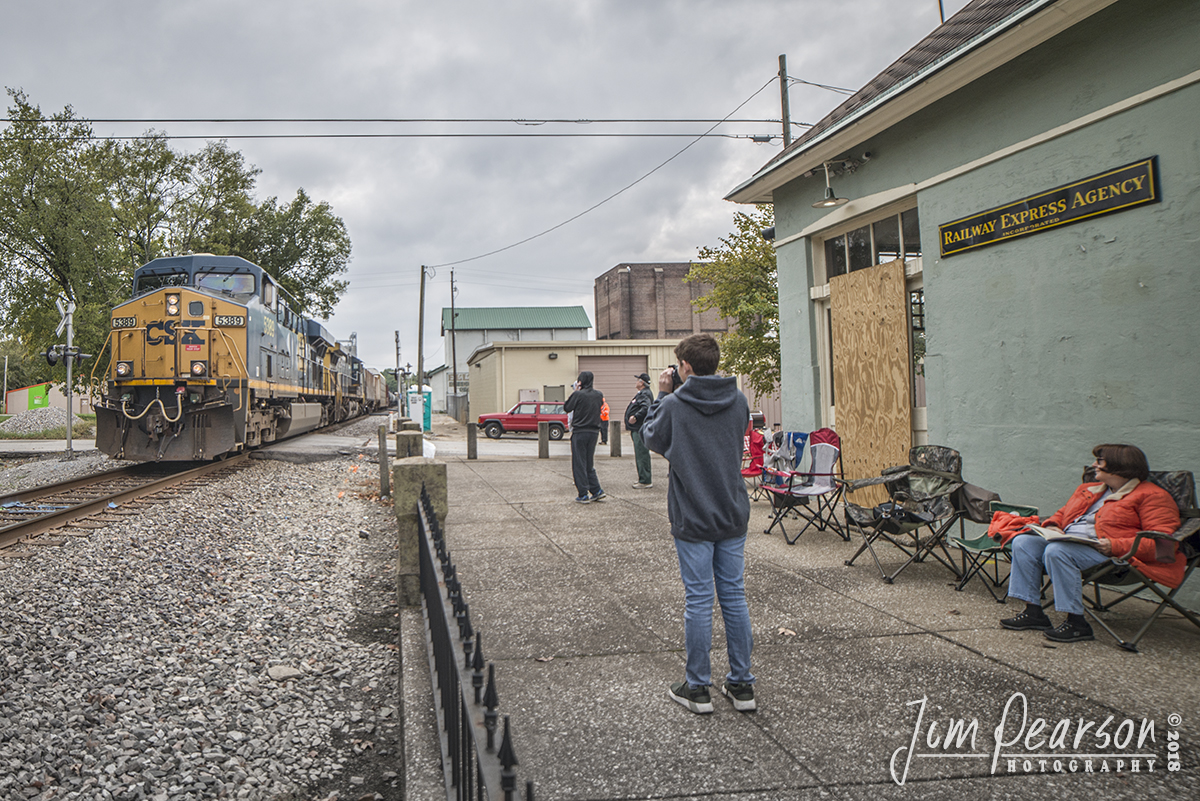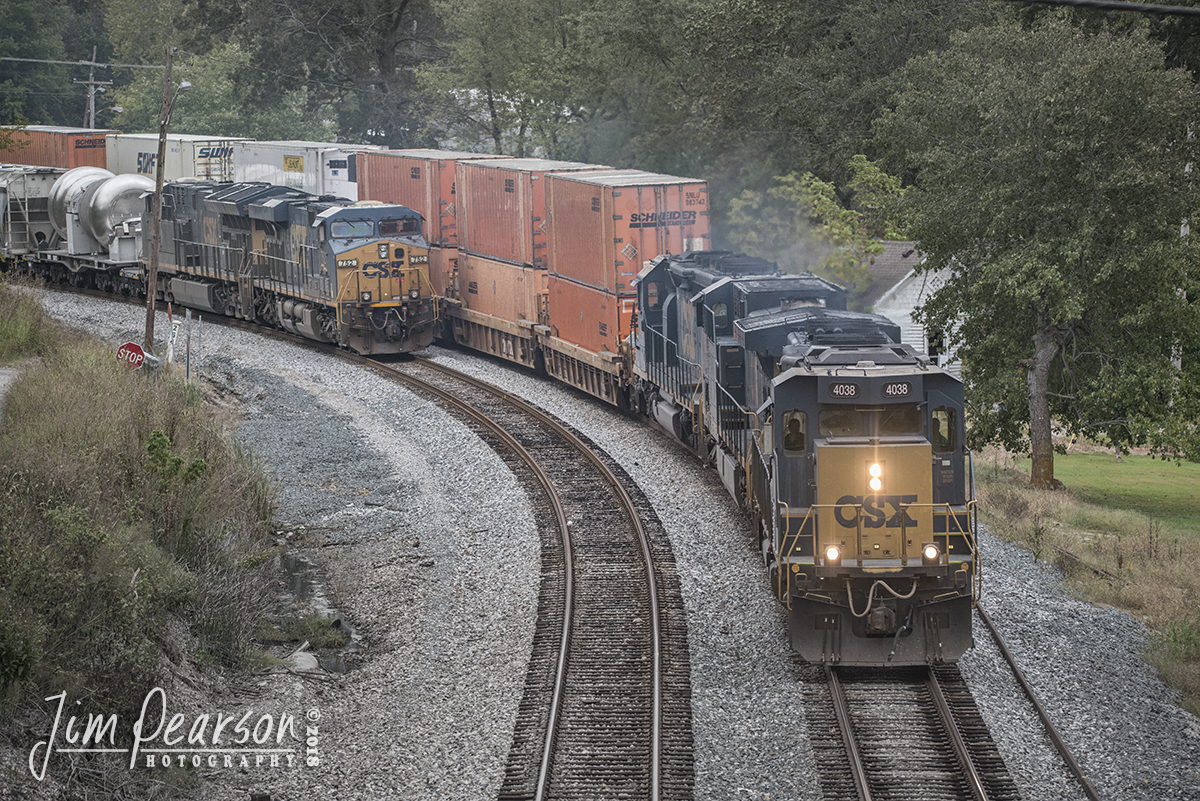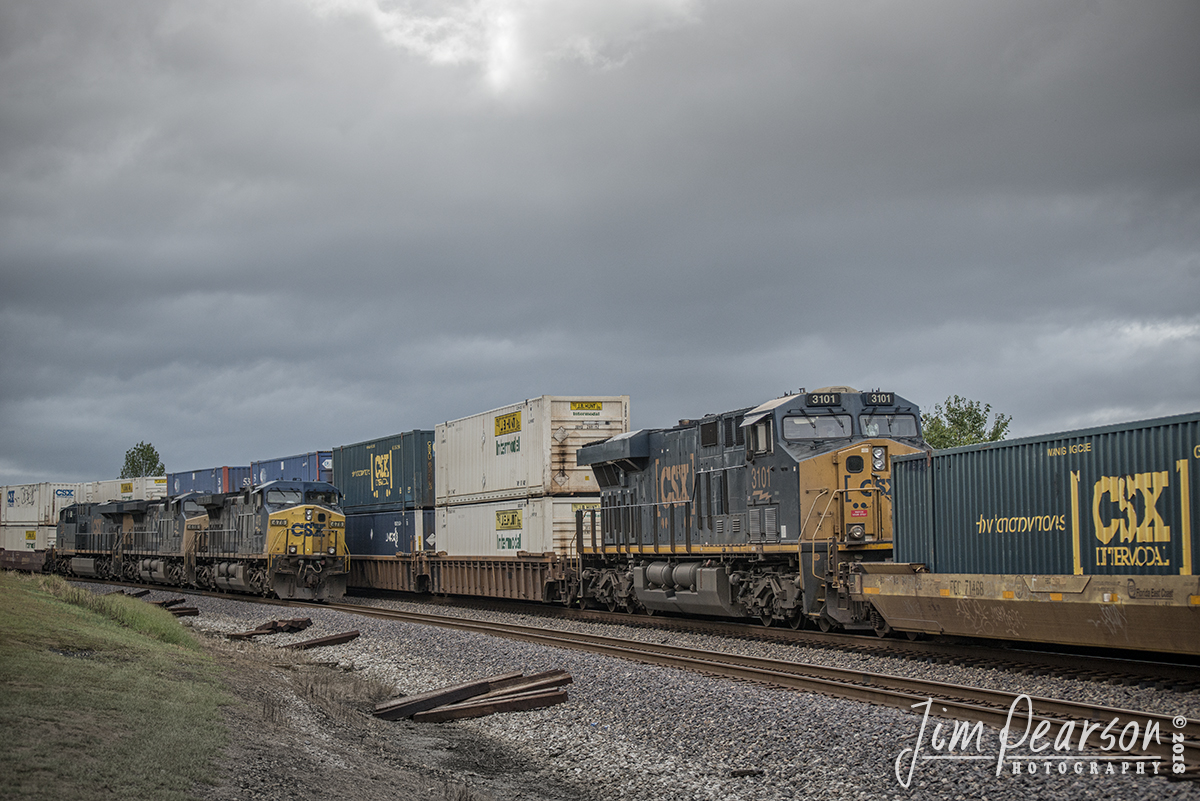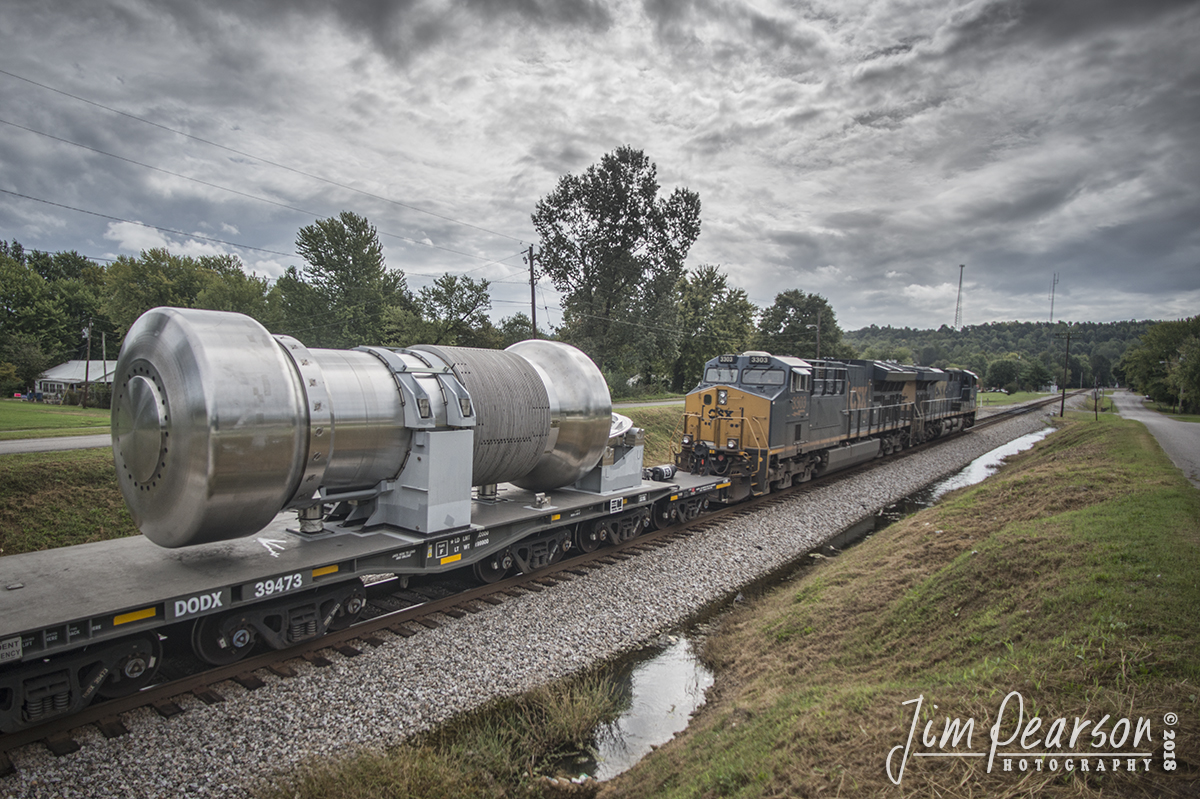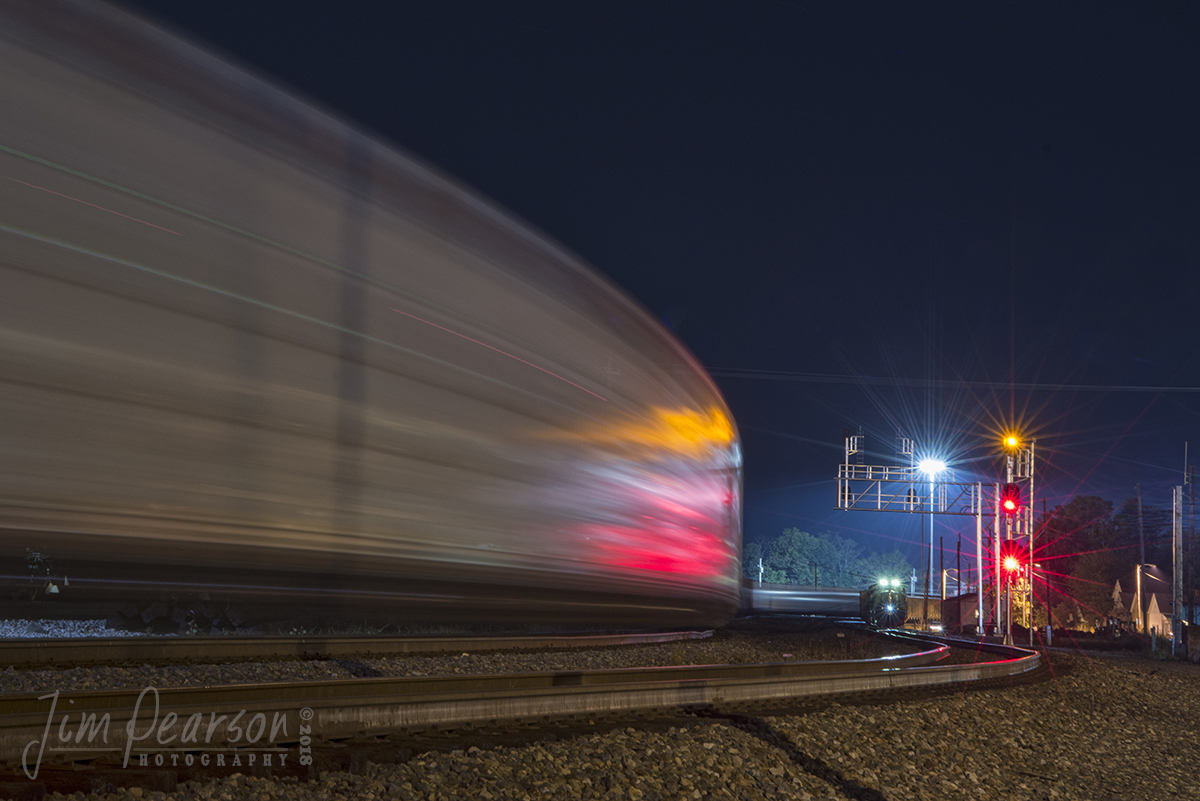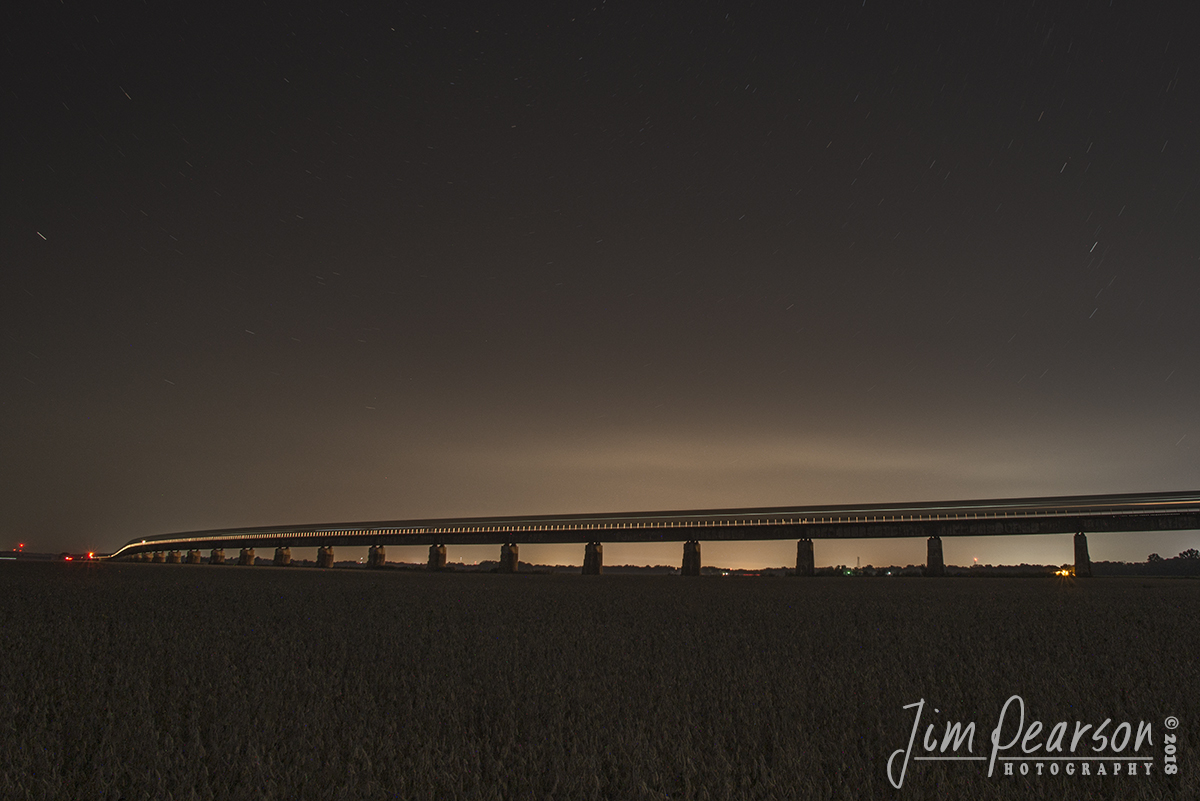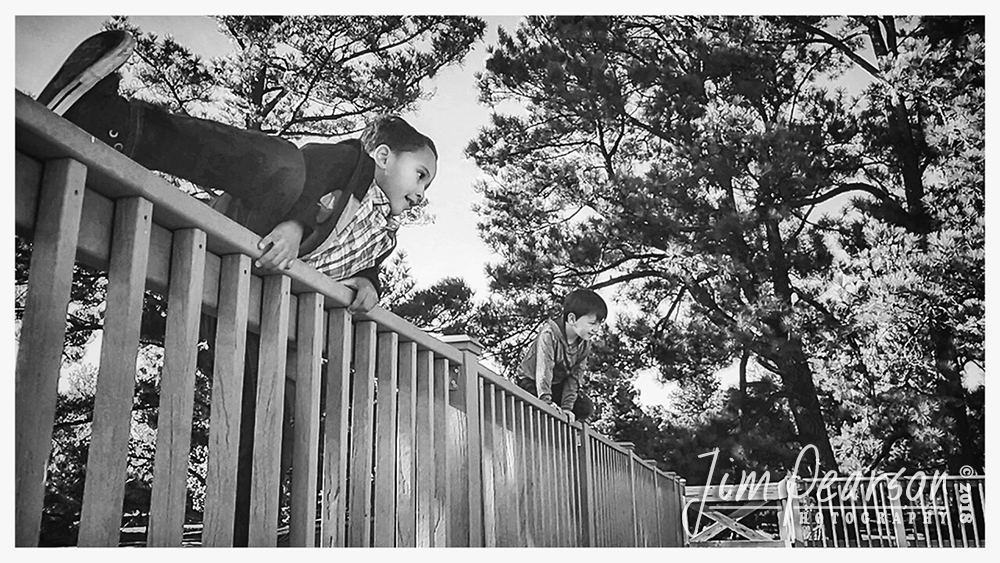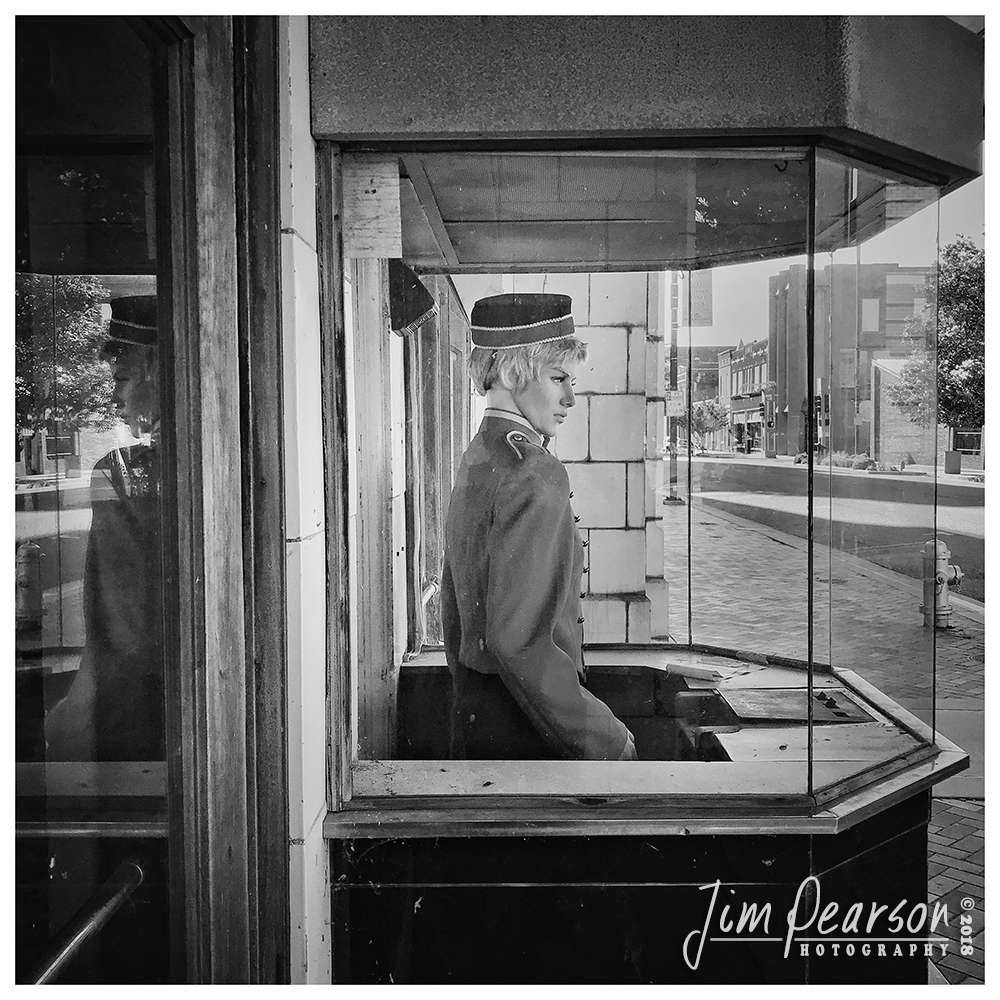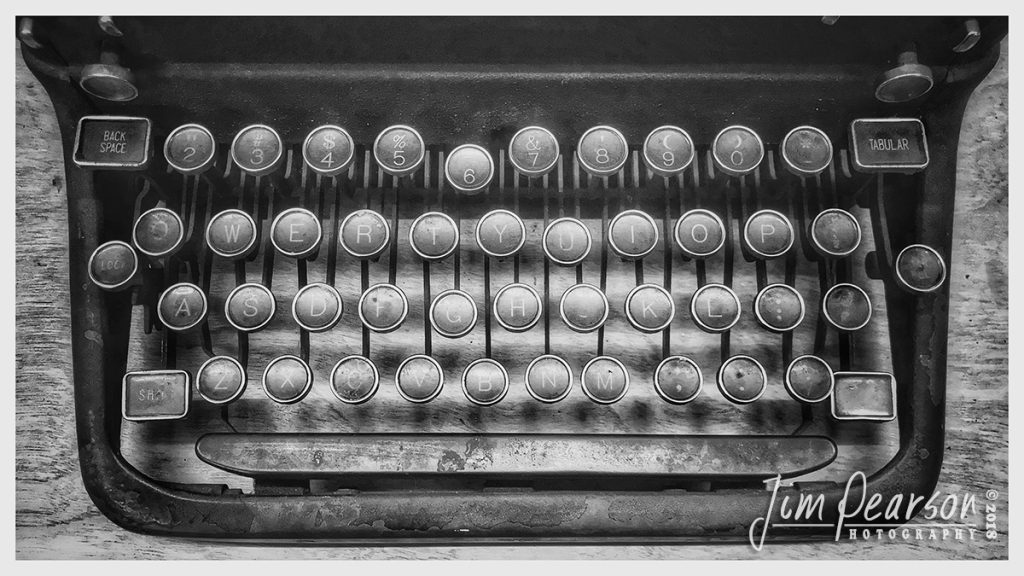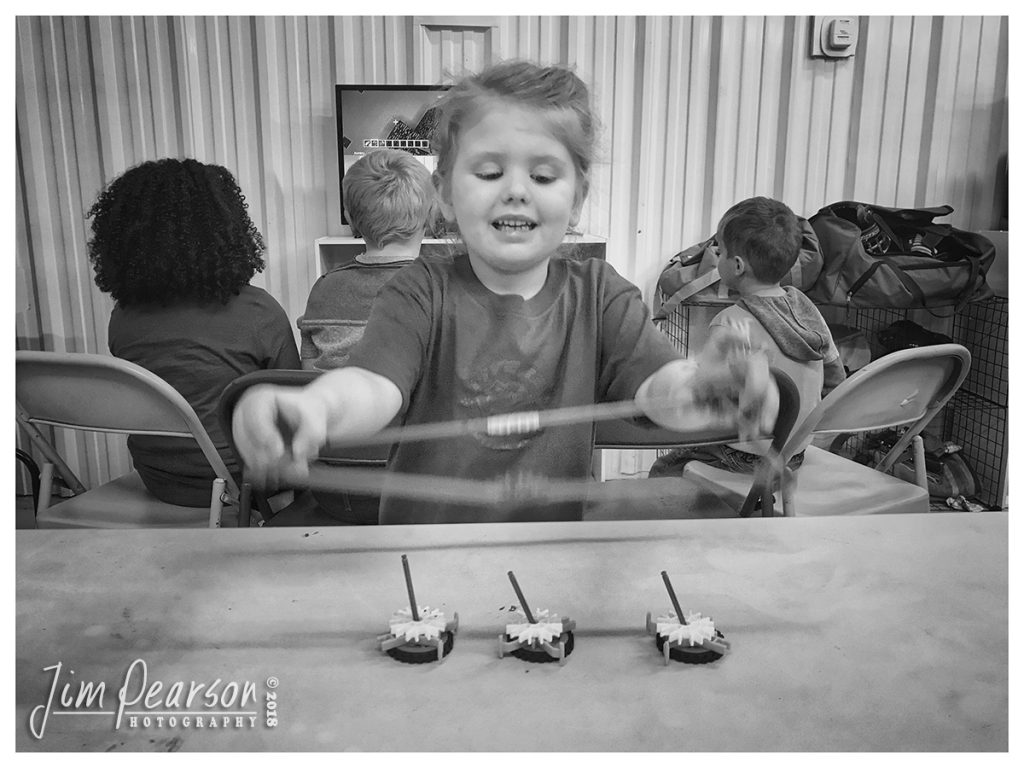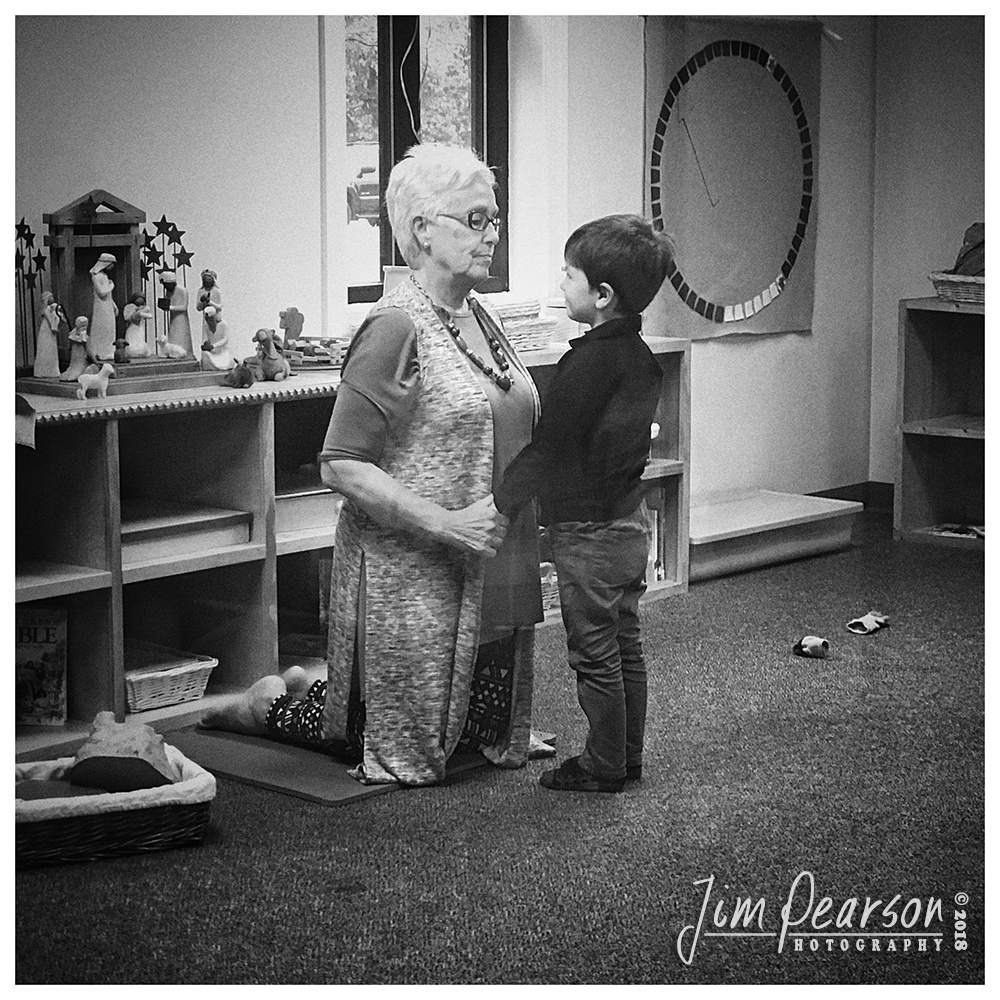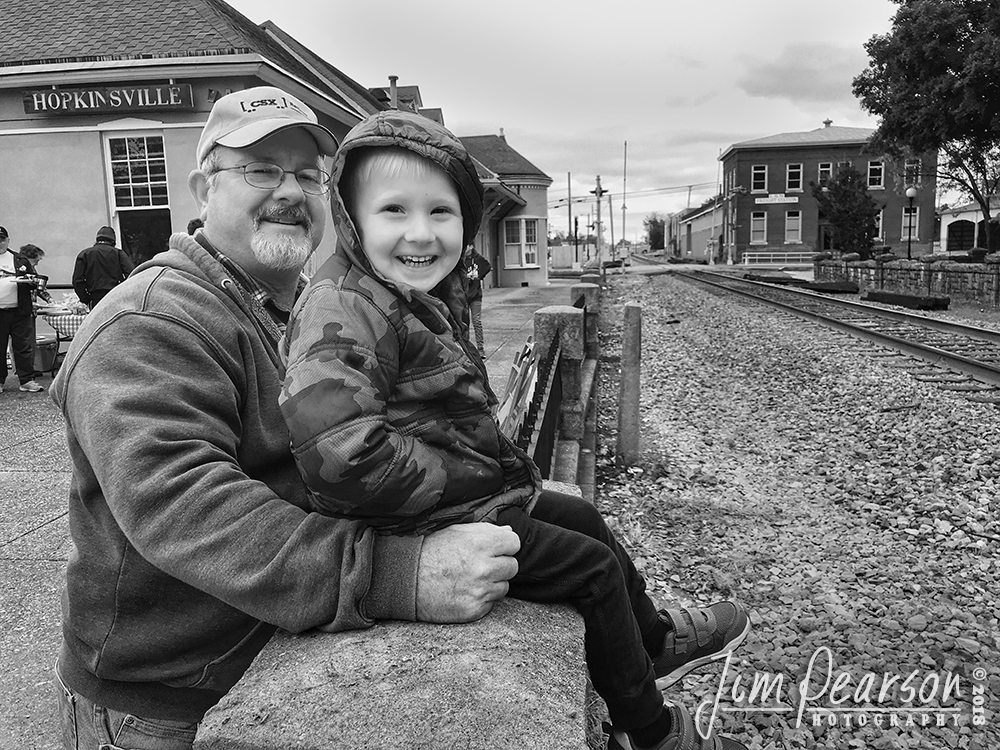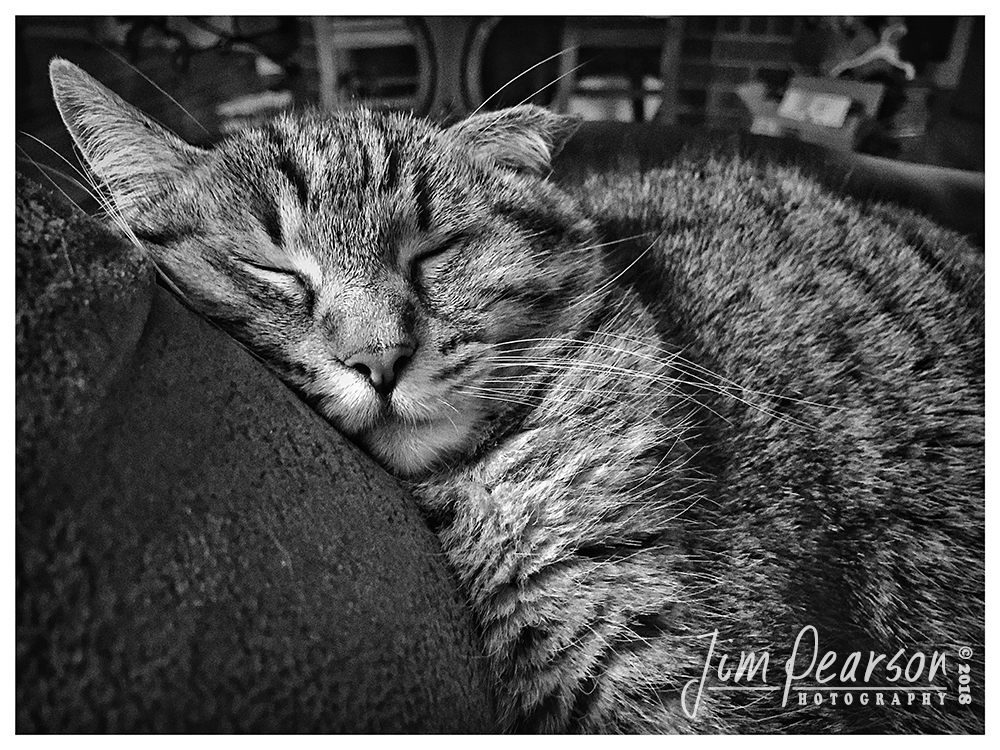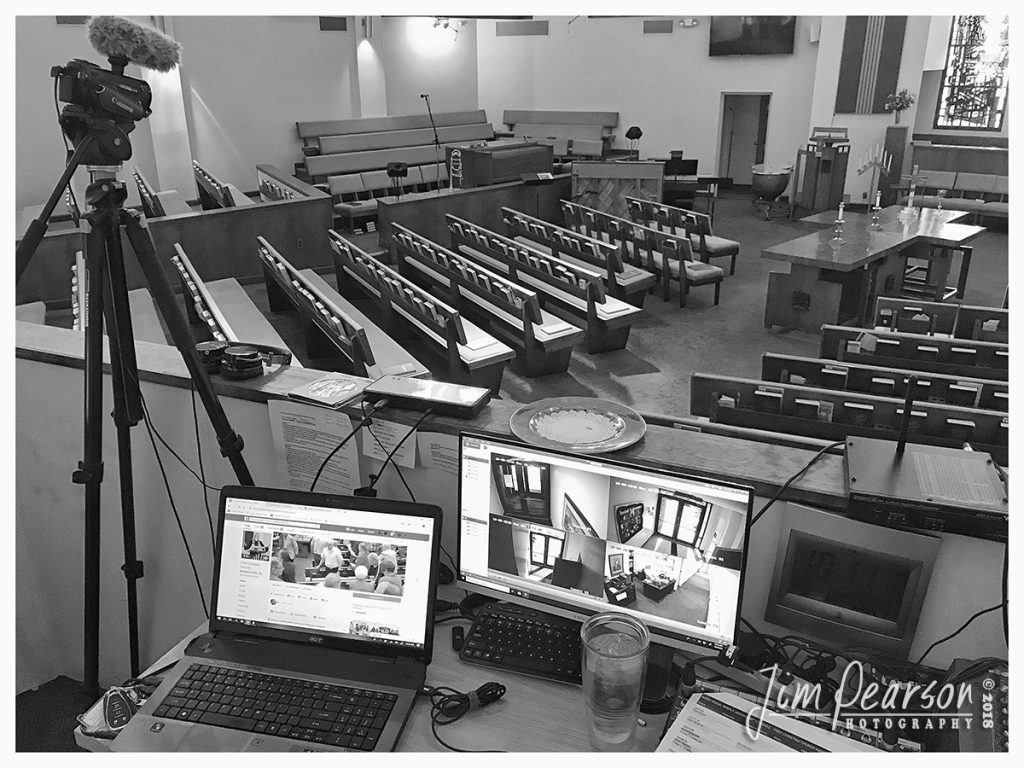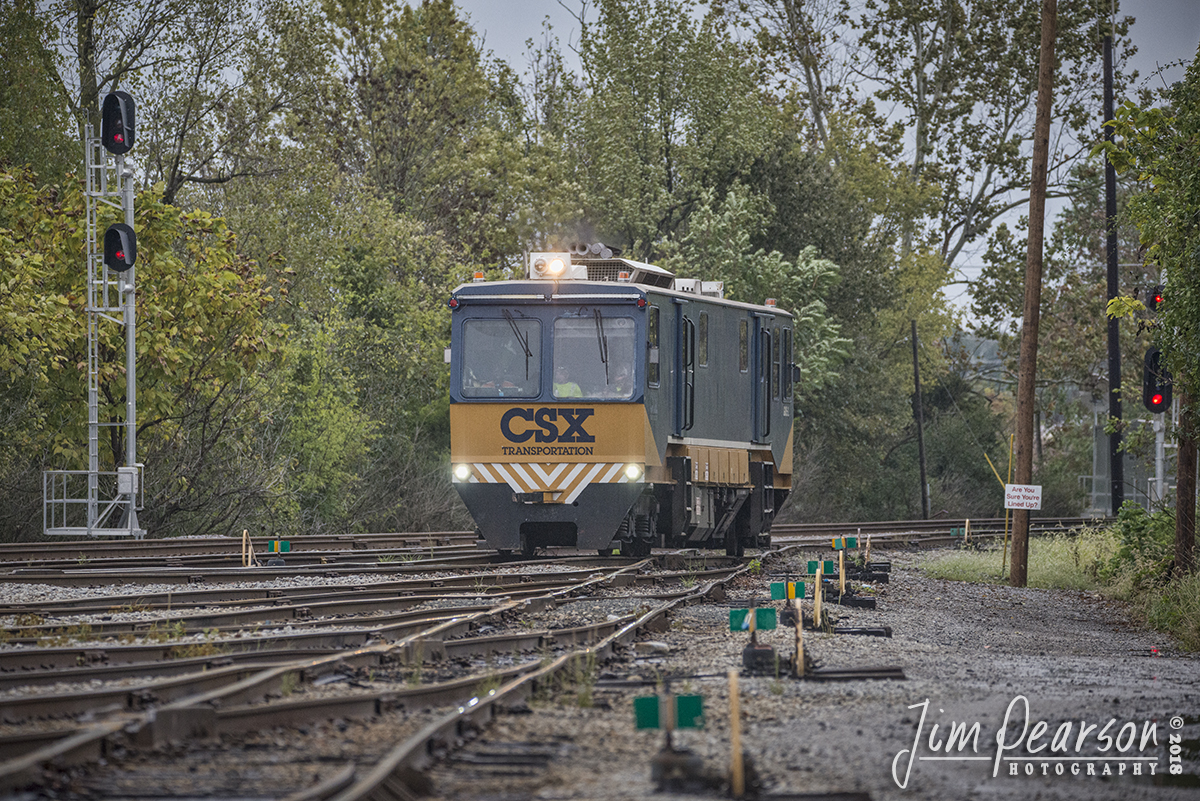
October 15, 2018 – Well, they say third time is charm!! This is the third time I’ve seen this geometry car, CSX W002, GMS-2, in as many days, but today I was finally able to capture it with my camera! It’s been inspecting track on the Paducah and Louisville Railway (PAL), which I wasn’t in the position to chase or photograph. Today I caught it after it left the PAL at East Diamond and came back onto the south end of CSX’s Atkinson Yard in Madisonville, Ky on the Henderson Subdivision where it tied down.
According to Wikipedia, A track geometry car (also known as a track recording car) is an automated track inspection vehicle on a rail transport system used to test several geometric parameters of the track without obstructing normal railroad operations. Some of the parameters generally measured include position, curvature, alignment of the track, smoothness, and the cross level of the two rails. The cars use a variety of sensors, measuring systems, and data management systems to create a profile of the track being inspected.
Track geometry cars emerged in the 1920s when rail traffic became sufficiently dense that manual and visual inspections were no longer practical. Furthermore, the increased operating speeds of trains of that era required more meticulous maintained tracks. In 1925, the Chemins de fer de l’Est put a track geometry car into operation carrying an accelerograph developed by Emile Hallade, the inventor of the Hallade Method. The accelerograph could record horizontal and vertical movement as well as roll. It was fitted with a manual button to record milestones and stations in the record. Such car was developed by travaux Strasbourg now part of GEISMAR Group. By 1927 the Atchison, Topeka and Santa Fe Railway had a track car in operation followed by the Estrada de Ferro Central do Brasil in 1929. These two cars were built by Baldwin using the gyroscope technology of Sperry Corporation.
The first track geometry car in Germany appeared in 1929 and was operated by Deutsche Reichsbahn. The equipment for this car came from Anschütz in Kiel, a company currently owned by Raytheon. In Switzerland, the first track geometry recording equipment was integrated in an already existing dynamometer car in 1930.
One of the earliest track geometry cars was Car T2 used by the U.S. Department of Transportation’s Project HISTEP (High-Speed Train Evaluation Program). It was built by the Budd Company especially for Project HISTEP to evaluate track conditions between Trenton and New Brunswick, NJ, where the DOT had established a section of track for testing high-speed trains, and accordingly, the T2 ran at speeds of 150 miles per hour or faster.
Many of the first regular service geometry cars were created from old passenger cars outfitted with the appropriate sensors, instruments, and recording equipment, coupled behind a locomotive. By at least 1977, self-propelled geometry cars had emerged. Southern Pacific’s GC-1 (built by Plasser American) was among the first and utilized twelve measuring wheels in conjunction with strain gauges, computers, and spreadsheets to give managers a clear picture of the condition of the railroad. Even in 1981, the Encyclopedia of North American Railroads considered this the most advanced track geometry car in North America. – #jimstrainphotos #kentuckyrailroads #trains #fujixt1 #railroad #railroads #train #railways #railway #csx #csxrailroad
